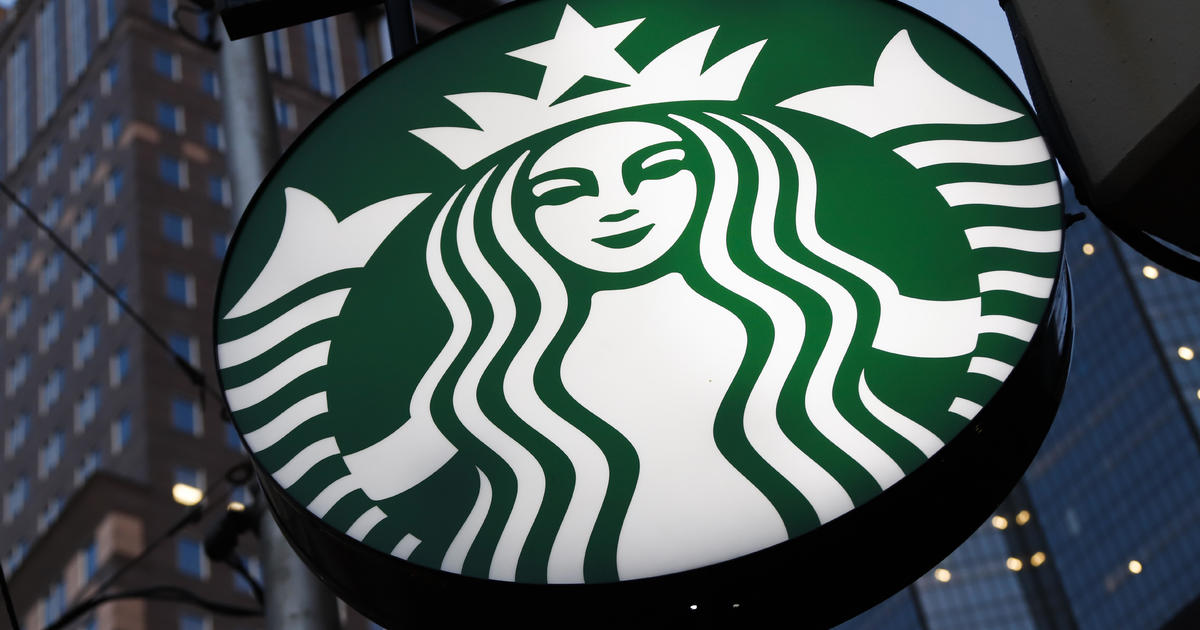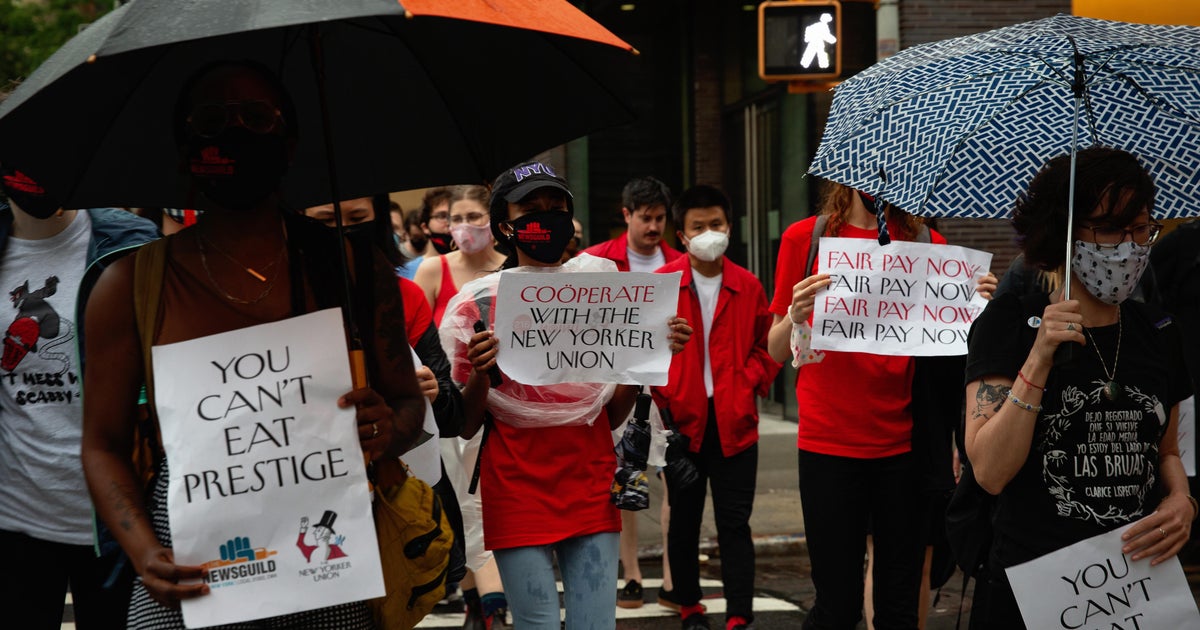Number of U.S. workers filing for jobless aid stays near historic low
As 2021 comes to a close, the number of U.S. workers filing for jobless aid is hovering near a 50-year low, underscoring how tight the labor market has become in the wake of a global pandemic.
Just 205,000 people filed for first-time unemployment benefits in the week ended December 18, unchanged from the prior week, the Labor Department said Thursday. A total of 1.9 million Americans were collecting traditional unemployment aid as of mid-December, down from 5.6 million a year ago.
The latest figures suggest that the spread of the hyper-infectious Omicron variant has not yet triggered a wave of layoffs, as has happened with previous waves of the coronavirus.
"The data can be noisy during the holidays, but filings continue to trend down on strong demand for workers amid a labor shortage," Rubeela Farooqi, chief U.S. economist with High Frequency Economics, said in a report. "The risk now is from new virus variants which are forcing businesses to voluntarily close in response to rising infections."
An analysis from Homebase, a software provider geared to small and midsize businesses, found that Omicron has led to a drop in hours worked in tourism-heavy counties around the U.S. In the 10 counties that rely most on tourism, including New York City, Washington, D.C., Orlando and Anaheim, California, hours worked at Homebase client businesses fell by nearly a quarter.
However, the pace of job postings and hiring so far hasn't been affected by the new variant, said Jason Greenberg, head economist at Homebase.
Employers are reluctant to let workers go when it's so tough to find replacements. The U.S. had a near-record 11 million job openings in October, and 4.2 million Americans quit their jobs — just off September's record 4.4 million — because of the abundance of opportunities.
The job market is bouncing back after a brief but intense coronavirus recession last year led employers to shed 22 million jobs, pushing the unemployment rate to nearly 15%. Massive government spending and the development of COVID-19 vaccines brought the economy back, with the unemployment rate now at 4.2% and many businesses complaining of difficulty hiring.
Still, there are nearly 4 million fewer workers in the labor force than before COVID-19 hit, while rising prices and ongoing public health concerns could hamper the economy, analysts say. Personal consumption spending slowed last month as real disposable income fell, a result of ongoing price increases.
"With the Omicron-driven surge in virus cases likely to weigh on services spending, that sets the stage for a renewed slowdown in growth going into 2022," Andrew Hunter, senior U.S. economist with Capital Economics, told investors in a research note.



